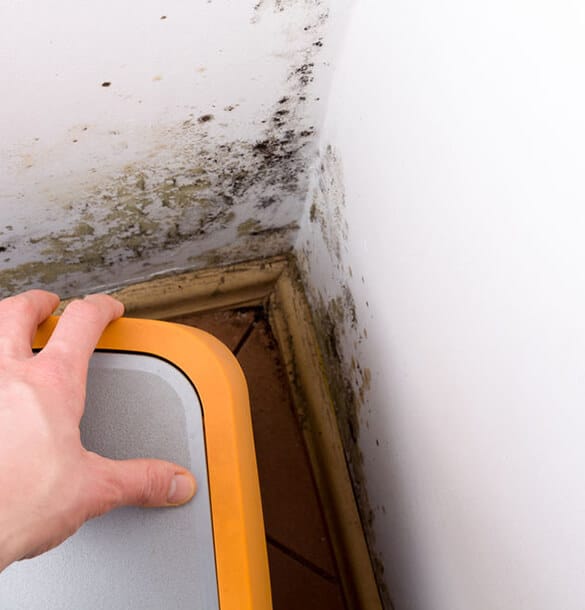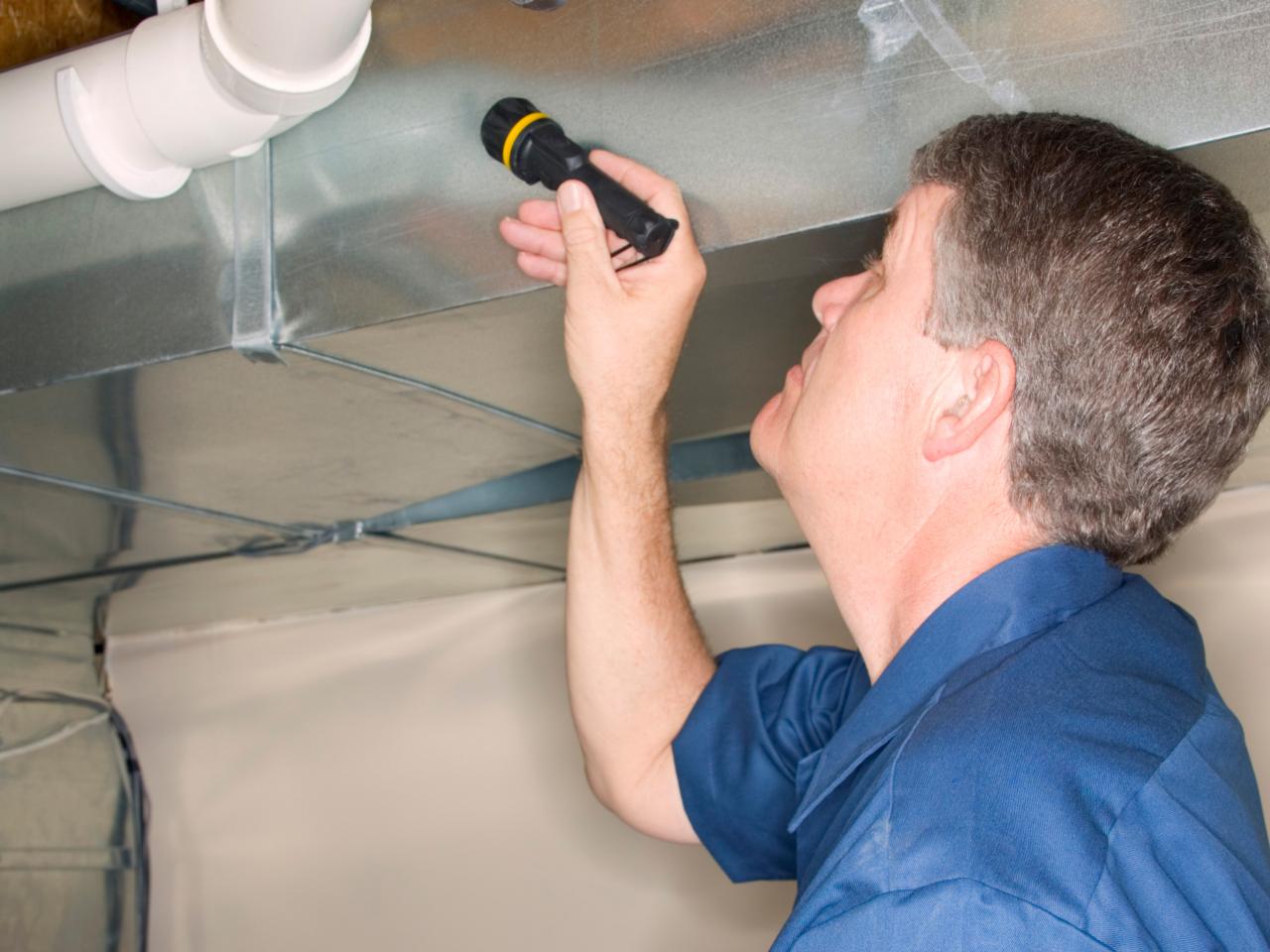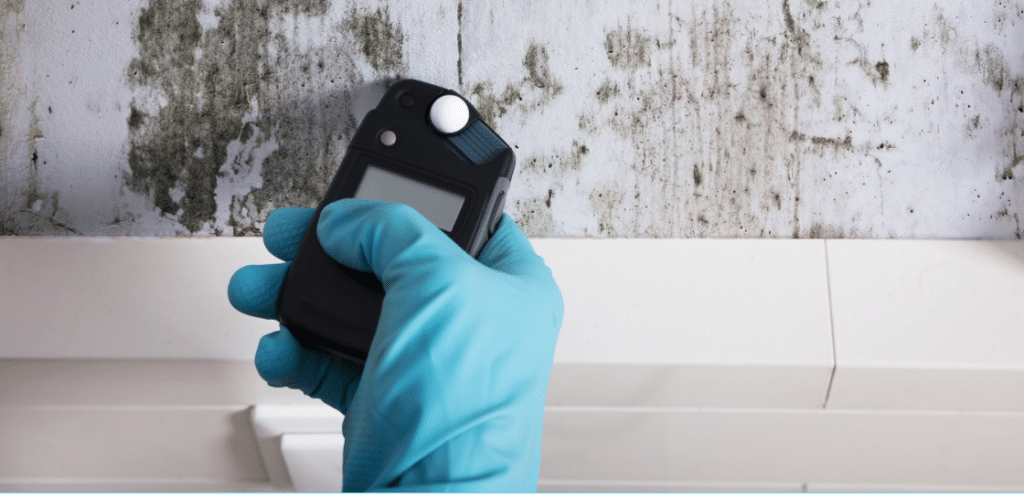Crafting an In-depth Post Mold Remediation Report
Crafting an In-depth Post Mold Remediation Report
Blog Article
Your Ultimate Overview to Article Mold Remediation Techniques
Navigating the world of post-mold remediation strategies is a meticulous procedure that requires focus to information and a comprehensive understanding of the intricacies involved. In the aftermath of mold infestation, recognizing how to effectively eradicate the mold and prevent its reoccurrence is vital for preserving a healthy interior environment. From selecting the right cleaning and sanitizing techniques to carrying out approaches for lasting mold and mildew avoidance, each action in the removal journey plays a crucial function in ensuring an effective outcome. As we get started on this exploration of post-mold removal techniques, we will reveal the crucial strategies and finest techniques that can help you recover your space to its pre-mold condition and guard it against future mold and mildew threats.
Comprehending Post-Mold Removal Refine
After completing the mold and mildew removal procedure, it is vital to recognize the post-mold removal methods that are needed to make sure a reliable and detailed cleanup. Once the mold has actually been removed, the following step involves cleansing and decontaminating the impacted locations to stop any regrowth of mold. This consists of utilizing specialized cleaning up agents to clean down surfaces and kill any kind of staying mold spores. It is vital to dry the area entirely to inhibit the development of mold and mildew in the future (Post Remediation verification). Appropriate ventilation and dehumidification can aid in this process.
Additionally, carrying out a last assessment post-remediation is crucial to make certain that all mold and mildew has actually been efficiently removed. If the assessment exposes any lingering mold and mildew, extra remediation may be essential.
Effective Cleansing and Sanitizing Techniques

Stopping Future Mold And Mildew Growth

Value of Proper Ventilation
Correct ventilation plays a crucial duty in stopping moisture build-up, an essential consider mold and mildew growth within interior atmospheres. Reliable ventilation systems help get rid of excess moisture from the air, reducing the possibilities of mold spores locating the dampness they need to germinate and spread out. Without sufficient air flow, indoor areas can become a breeding place for mold, resulting in possible health and wellness risks and structural damages.
By ensuring appropriate air blood circulation, ventilation systems can likewise aid in drying out moist locations extra quickly after water damage or flooding occurrences, further preventing mold and mildew growth. what to do after mold remediation. Precede like restrooms, cellars, attic rooms, and cooking areas where dampness levels tend to be higher, installing and preserving reliable air flow systems is crucial in avoiding mold invasions

Monitoring and Upkeep Tips
Given the important function that appropriate ventilation plays in preventing mold and mildew development, it is essential to develop efficient surveillance and maintenance tips to make sure the continued performance of ventilation systems. Normal evaluations of air flow systems ought to be performed to look for any type of indicators of obstructions, leaks, or breakdowns that can restrain correct air movement. Surveillance moisture degrees within the residential property is also critical, as high humidity can add to mold and mildew growth. Setting up a hygrometer can aid track humidity levels and sharp homeowners to any type of spikes that might require interest. In addition, guaranteeing that air filters are consistently cleaned or replaced is crucial for maintaining the effectiveness of the air flow system. Executing a routine for regular maintenance tasks, such as air duct cleansing and cooling and heating system inspections, can assist avoid concerns prior to they intensify. By staying positive and mindful to the problem of ventilation systems, residential or commercial property proprietors can effectively minimize the threat explanation of mold and mildew regrowth and maintain a healthy and balanced indoor environment.
Final Thought
Finally, post-mold remediation techniques are essential for ensuring a tidy and risk-free setting. Comprehending the process, implementing reliable cleansing and sanitizing methods, preventing future mold and mildew development, preserving appropriate ventilation, and regular monitoring are all critical actions in the remediation procedure. By adhering to these guidelines, you can effectively get rid of mold look what i found and mildew and avoid its return, promoting a healthy living or functioning space for all owners.
In the after-effects of mold problem, understanding how to properly remove the mold and stop its reoccurrence is critical for keeping a healthy interior atmosphere. Once the mold and mildew has been eliminated, the next step entails cleansing and decontaminating the affected areas to avoid any kind of regrowth of mold - Post Mold Remediation. After eliminating noticeable mold and mildew development, it is crucial to clean up all surfaces in the afflicted location to remove any remaining mold and mildew spores. To better here are the findings enhance mold avoidance procedures, it is essential to deal with underlying problems that originally led to mold advancement.Given the crucial role that correct air flow plays in preventing mold growth, it is crucial to develop reliable surveillance and upkeep ideas to make certain the ongoing capability of air flow systems
Report this page